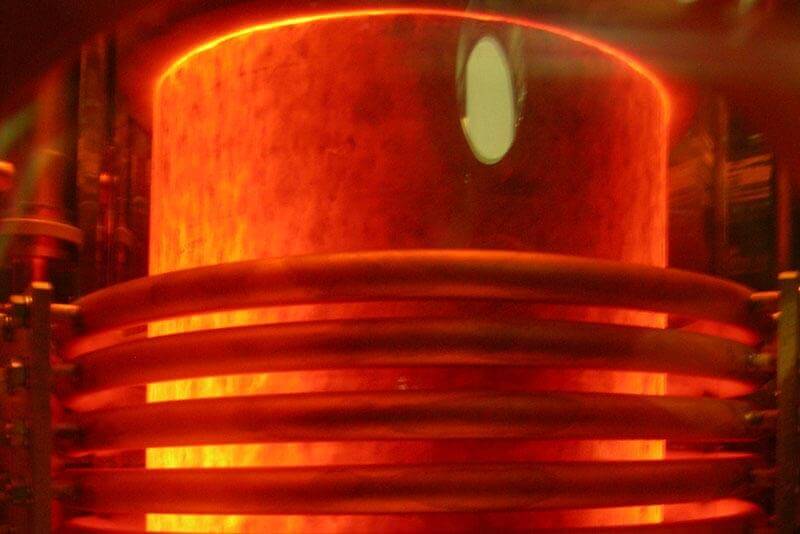The Process
A solid component is deposited on the hot surface of a substrate following a chemical reaction from the gas phase. For this to happen, gaseous compounds of the layer components must be present that lead to the growth of a solid layer at a specific reaction temperature. The HTCVD method for chemical gas phases involves at least one chemical reaction on the surface of the substrate to be coated. To ensure that the surface reaction is prioritized over competing reactions in the gas phase and, in turn, to prevent the formation of solid particles, chemical gas phase deposition processes usually take place at reduced pressure.
Applications
Our HTCVD-series systems are specially designed for producing this high-purity Silicon Carbide for the semiconductor, power electronic, and optoelectronics industries.
